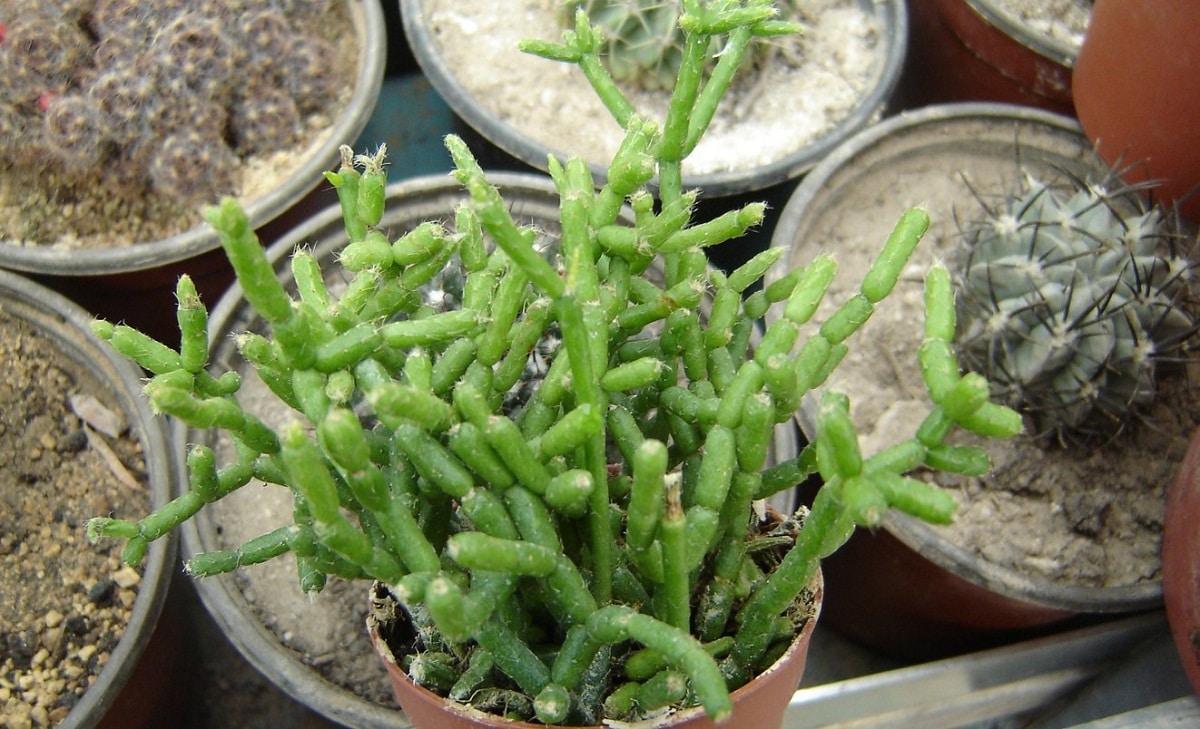
Today we are going to give the opportunity to one of the many cactus species that exist all over the world. So this article is specially made for those who are fascinated by the shapes and how peculiar these plants can be.
We are talking about the Rhipsalis burchellii and before we start giving you all the information we have, you have to know that the genus Rhipsalis has about 35 different species all over the world, being one of the most popular this one that we present to you.
General data of the Rhipsalis burchellii
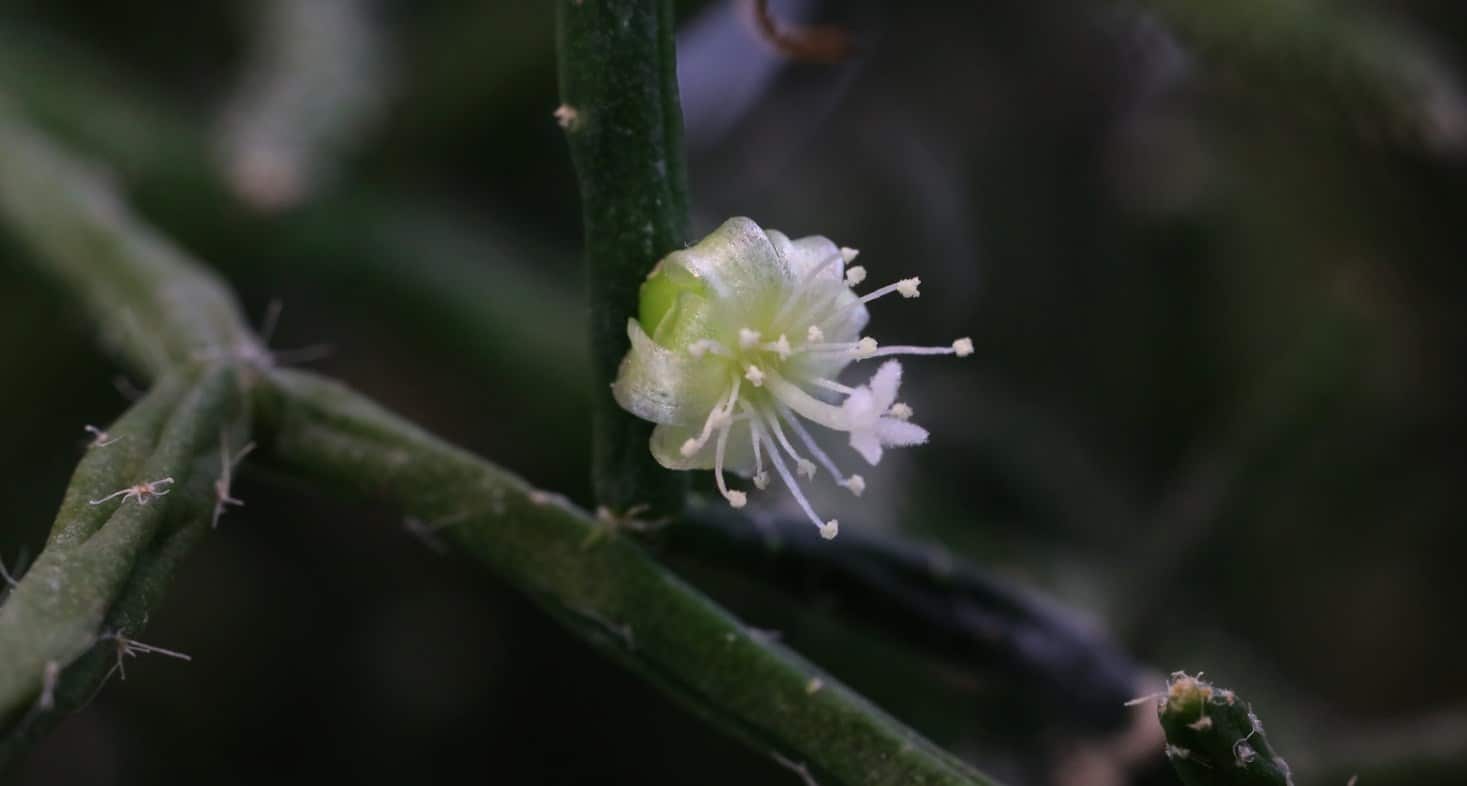
A particular characteristic of thorny plants that is related to cacti is that they have thorns, something that is not news to anyone, but in the case of this and many others, do not have thorns or needles, so it will be very easy for you to manipulate it, grow it and transplant it to another place if necessary
This species belongs to the genus of the rhipsalis as you know, but almost all of these species belong to tropical zones and forests that are in South America, Central America and other parts of the world.
But in the case of this particular species and / or variation, It is native to southern Brazil. Over time it has been expanding and has been acquiring more territory, not to mention the people and vendors who distribute this plant.
There are not many general details that can be mentioned of the Rhipsalis burchellii, Ya que the vast majority of cacti have decorative or ornamental uses. Some people have found a rather peculiar use, which helps reduce stress in people as well as blood pressure, but this is not yet fully proven.
Features
As you already know or could have deduced, this plant grows mostly in hot or tropical climates. It is for this reason that it occurs most of all in countries belonging to South America, Central America and other parts.
However, This species has the peculiarity of being able to withstand a certain amount of cold, but it has to be very mild or else it will tend to wilt. The good thing about this plant is that it does not require a lot of maintenance and is perfect to have in hanging pots or to have them a little raised from the ground, since it tends to grow as if it were a creeping plant.
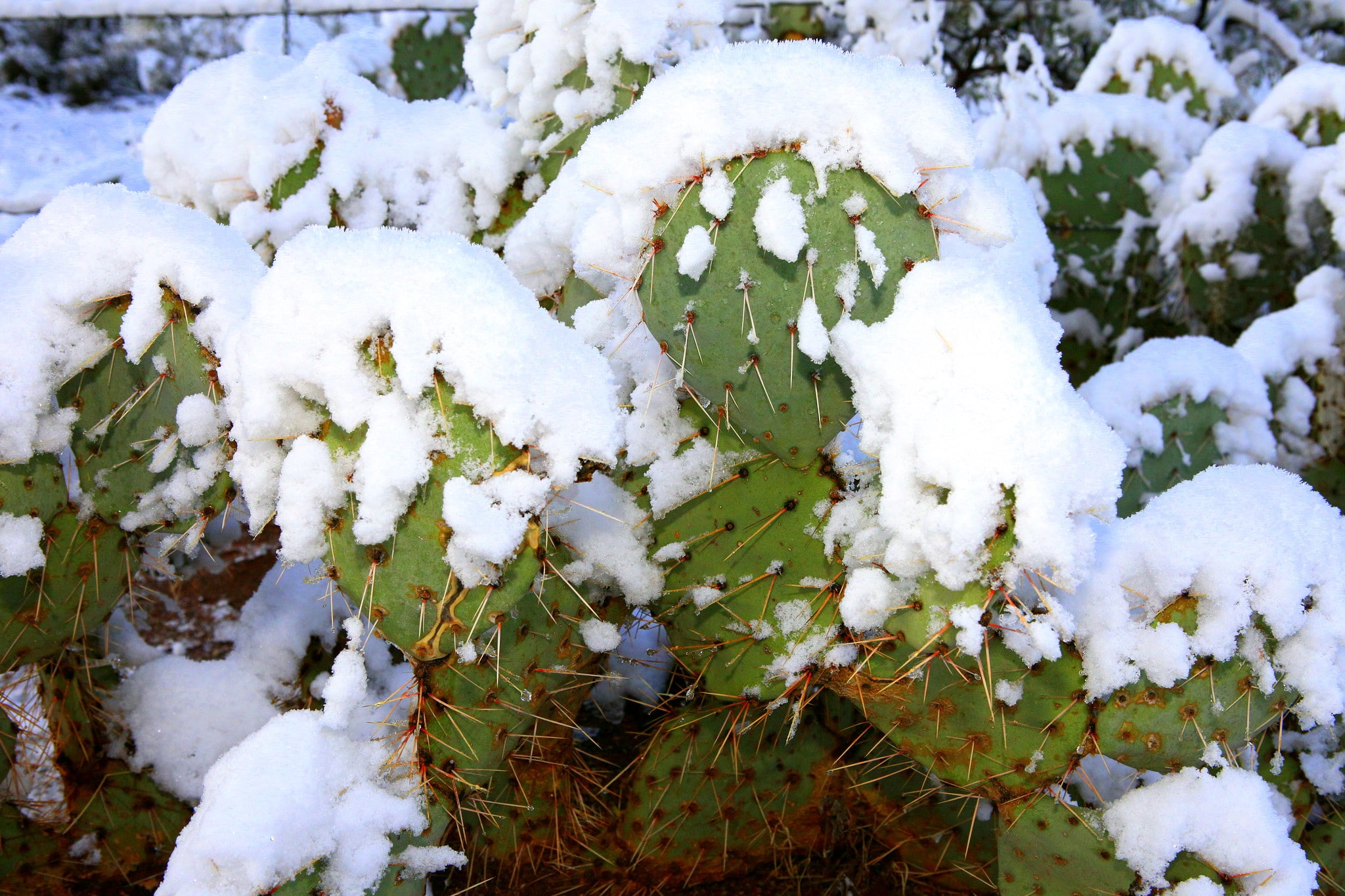

As for the stems, It is worth mentioning that these are cladode type and its stems are modified to simulate the functions of common leaves, except that these are covered by small spines that are not very rigid.
An important point to note is that it is not a good idea or it is not practical to place this plant at ground level, since their stems are not erect. That is why we insist that if you are going to have this plant, it is best that you place it in a high place.
Similarly, the Rhipsalis burchellii It has stems that at the beginning of these, tend to be flattened, but as it grows and lengthens, the appearance changes from a flat shape to a rounded shape.
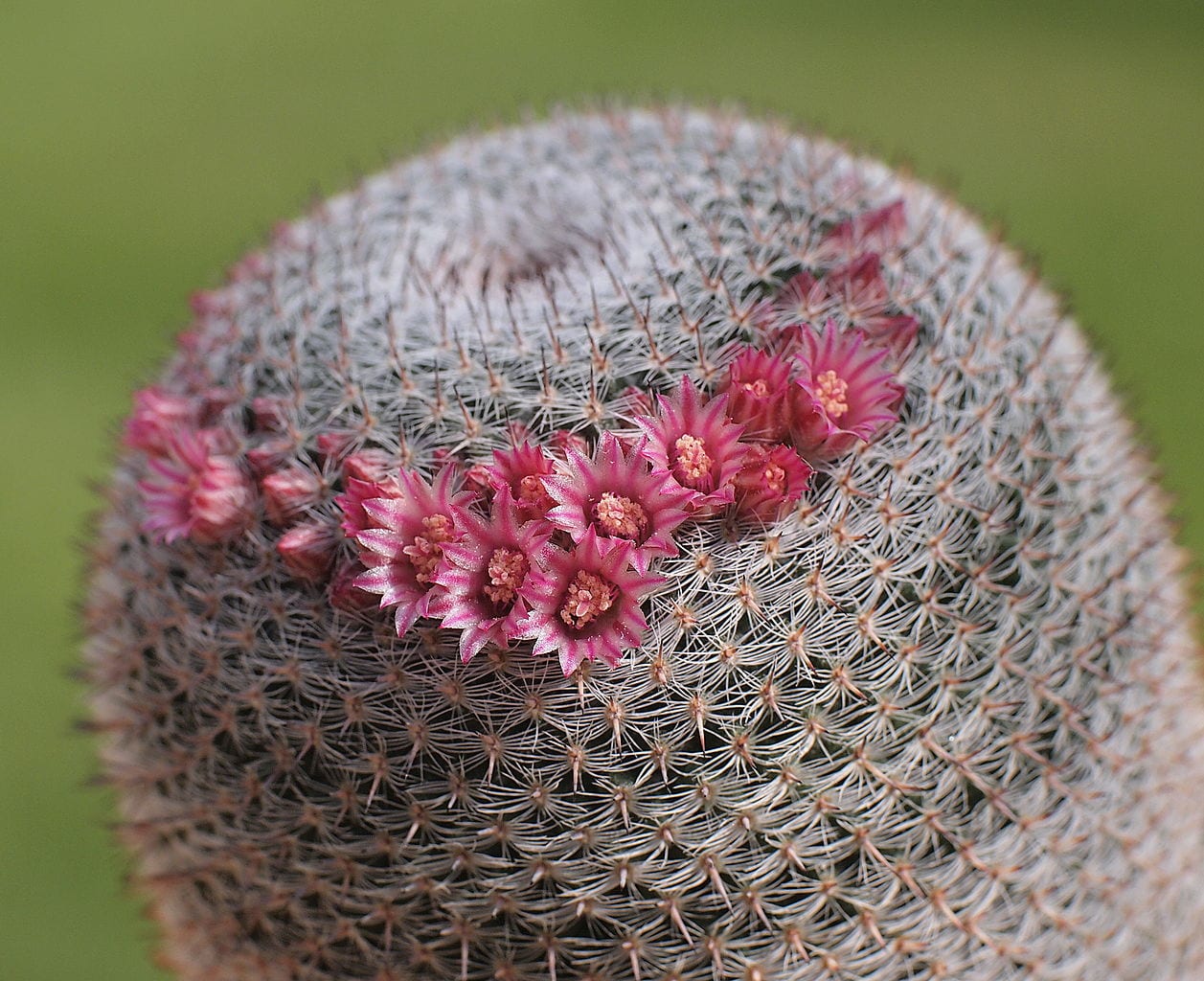
The most common is that the thickness of these stems does not exceed one centimeter in diameter. Of course, you will need a bit of vertical space, since each stem can be up to a meter long.
On the other hand, this type of cactus has the potential to generate flowers during spring. The only detail about these is that they are not very flashy or have special characteristics.
The truth is that its flowers are very similar to other types of cacti that have a flowering phase. These can be of different colors and some of them may turn white, red, or pink. The good thing is that if for some reason you like their flowers, know that you have about two months to enjoy their flowering.
Care and cultivation
A moment ago it was mentioned that these plants can withstand a certain level of cold temperature, but it was not specified what was the minimum they held. This is how you have to keep the Rhipsalis burchellii above 10 ° C, otherwise it will die quickly and begin to lose its green color.
Now, the place where you have to have it is a place that is in semi-shade throughout the year and as long as it is in its initial phase of growth. Later, you can place it in a place where sunlight can also shine, but for a little more time a day.
Assuming the case that your plant has already grown enough and you want to start transplanting and multiplying it, this you have to do it when flowering has finished, not before or during flowering.
Now, in terms of surface irrigation, you have to do it in such a way that you guarantee a little humidity to the plant, but not enough to prevent the appearance of fungi and insects that can damage the cactus. For this, it is essential that you avoid flooding at all costs. Irrigation will depend on the location and size of the cactus.
Soil type
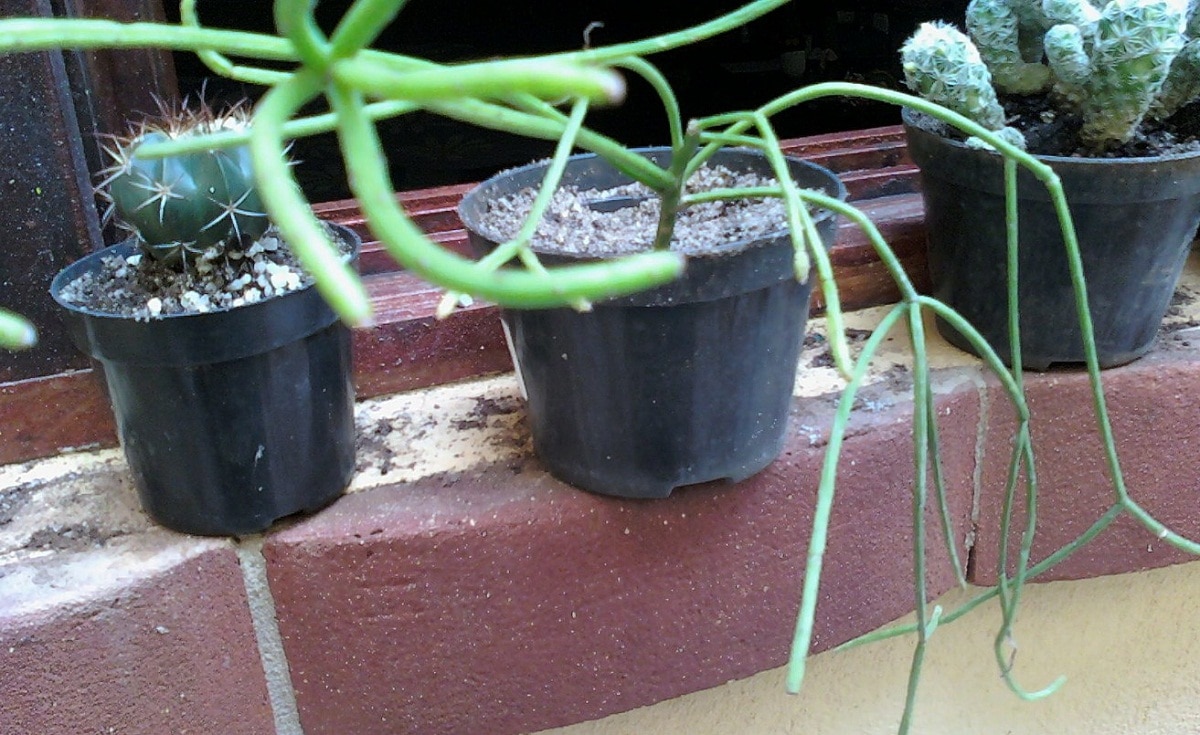
Newbies may think that any type of soil is good for cacti. Although in the vast majority the type of soil that is used for planting does not matter much, it is best to use special soil for cacti. Although it is not mandatory, this can provide you with better growth and multiplication of it.
Some experienced gardeners prepare their own soil with a variety of materials, such as coconut coir, some orchid bark, a little gravel, potting soil, and a little compost.
Irrigation amount
Although something was already mentioned about it, It was not fully explained how the irrigation has to be for this plant. Don't worry, it is quite easy to understand and use. The main thing you have to know is that despite being a cactus, this does not mean that they can withstand droughts.
Therefore, you have to provide enough water so that it does not dry out and finish your reserves, but at the same time you have to take care that the amount you add is not excessive in order to prevent the stems and roots from rotting.
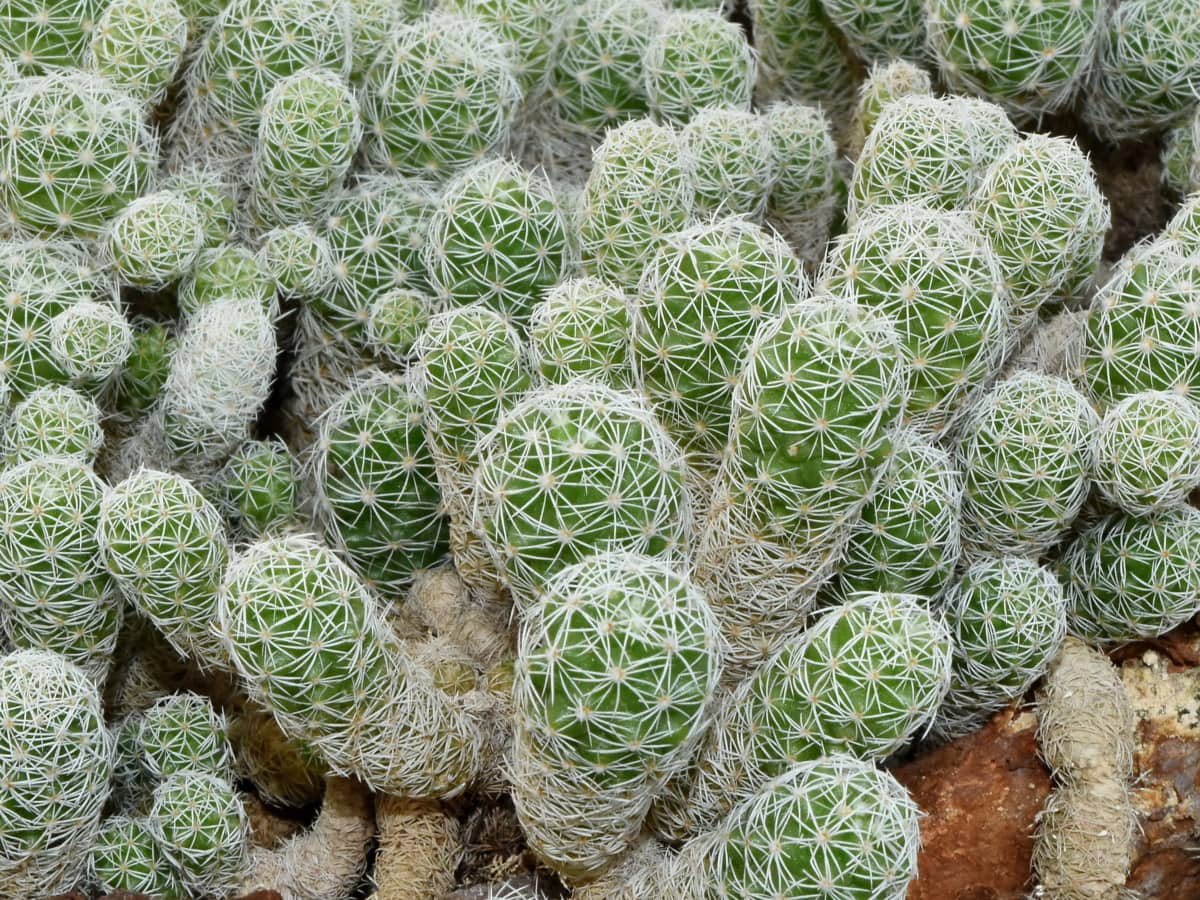
With this plant you have it easy, just add water once a week and voila. Now, if you live in a place where the heat and humidity are constant and at a high level, then you will have to look at the appearance of the earth.